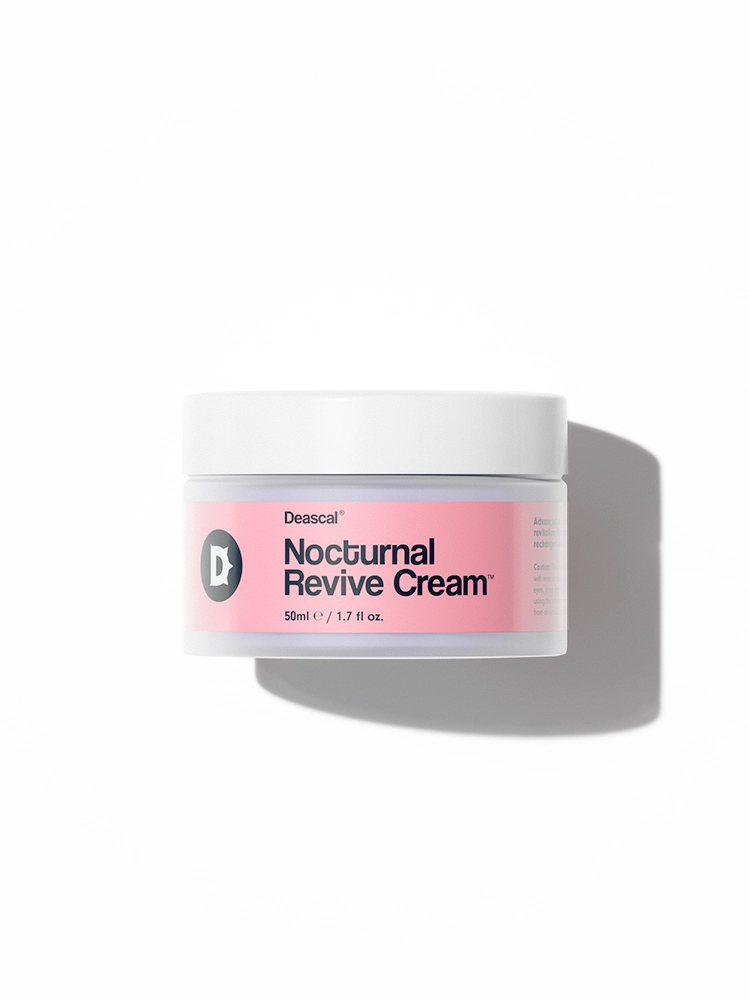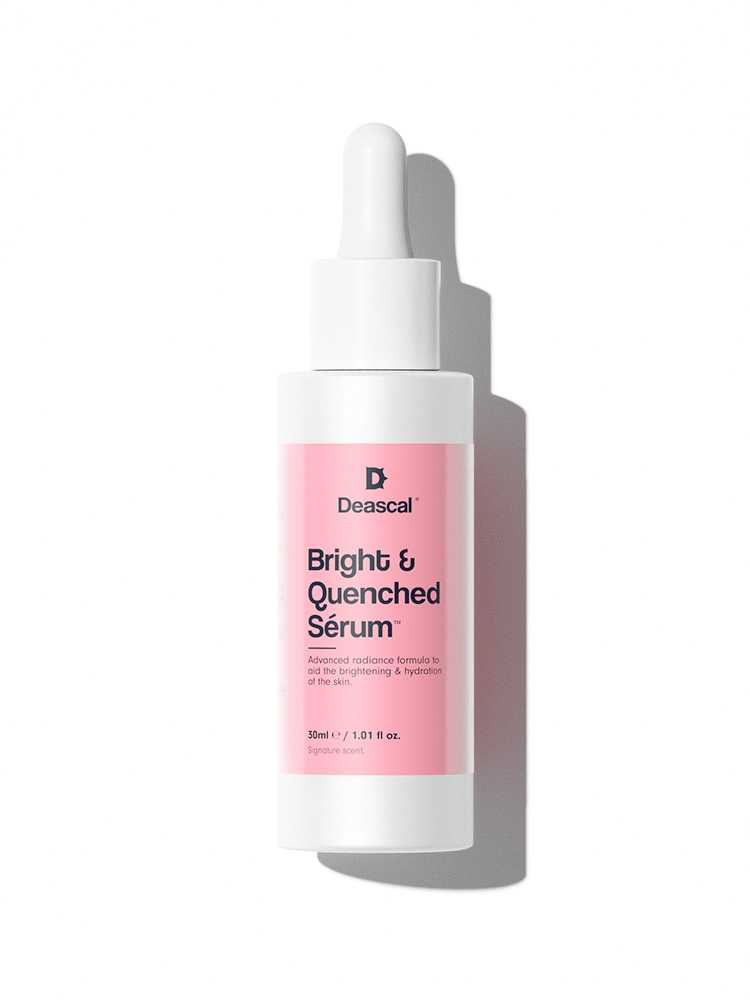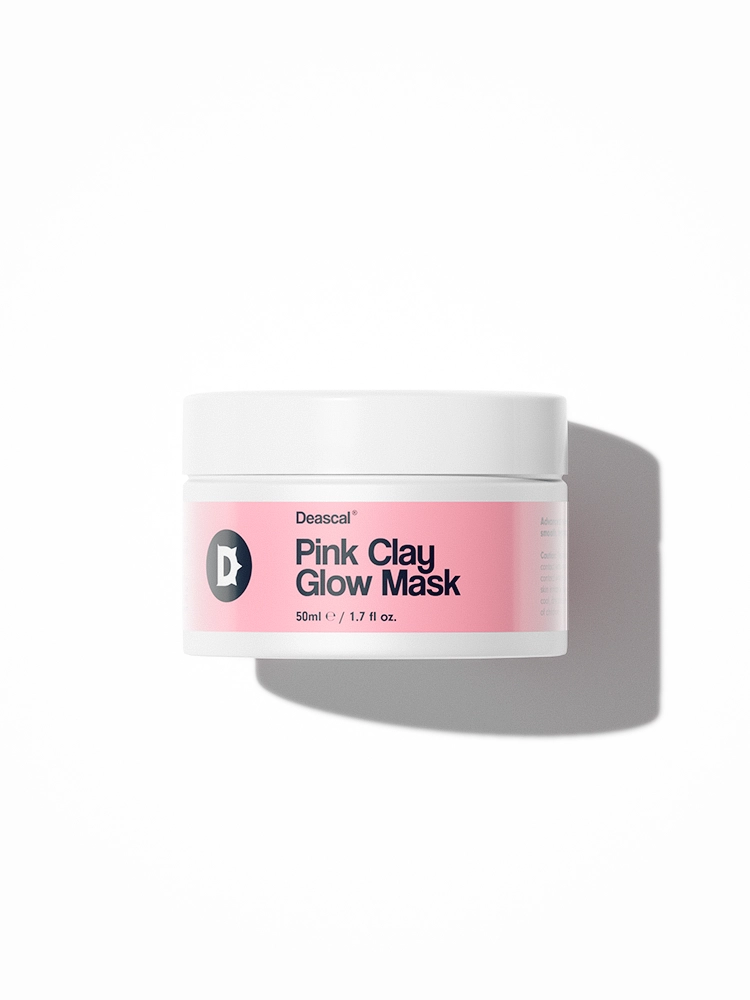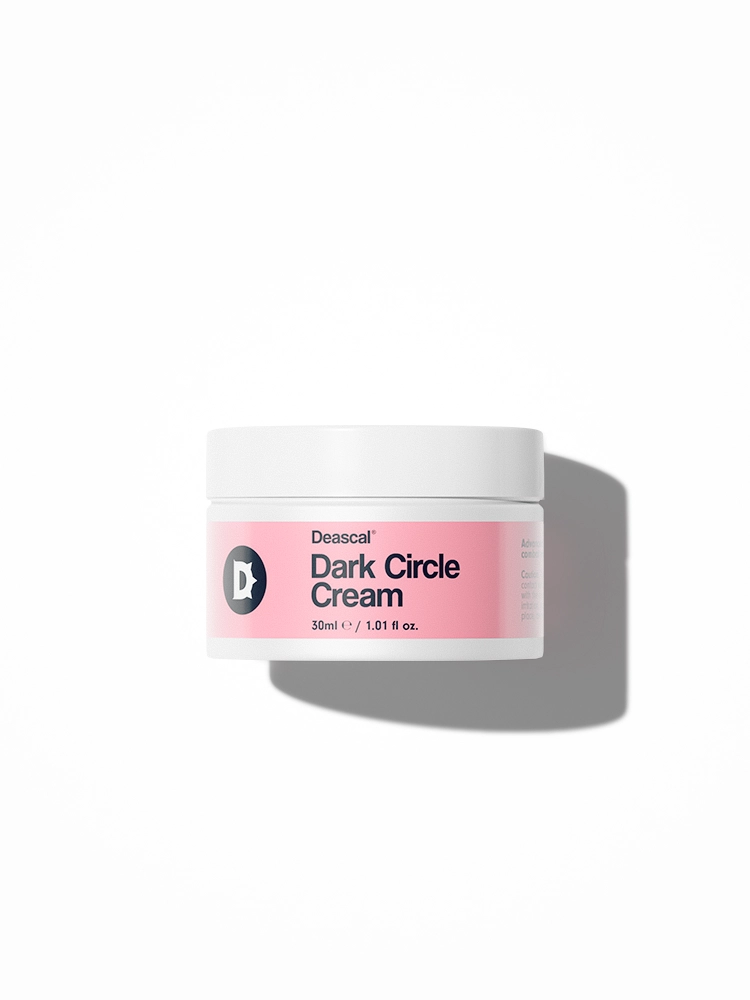What Is 1,2,4-Trihydroxybenzene?
1,2,4-Trihydroxybenzene, also known as Benzene-1,2,4-triol, is a chemical compound that falls under the category of phenolic compounds. This ingredient is primarily sourced through synthetic means in laboratories, where it is meticulously crafted to ensure purity and efficacy. Its chemical composition includes a benzene ring substituted with three hydroxyl groups at the 1, 2, and 4 positions, which contributes to its unique properties and functionality.
The history of 1,2,4-Trihydroxybenzene in cosmetic products dates back several decades. Initially, it was explored for its potential in various industrial applications, but its ability to act as a hair dyeing agent soon caught the attention of cosmetic scientists. Over time, it has been refined and optimized for use in hair dyes, providing a reliable and effective option for those seeking to alter their hair color.
The production of 1,2,4-Trihydroxybenzene involves a series of chemical reactions, typically starting with a benzene derivative. Through a process of hydroxylation, the benzene ring is modified to introduce the three hydroxyl groups at the specified positions. This synthetic route ensures that the final product is consistent in quality, making it suitable for use in various hair dye formulations.
The Benefits/Uses of 1,2,4-Trihydroxybenzene
In this section, we will delve into the officially recognized cosmetic benefits and uses of 1,2,4-Trihydroxybenzene:
Hair Dyeing
1,2,4-Trihydroxybenzene is primarily used in the cosmetic industry for its hair dyeing properties. This ingredient acts as a dye intermediate, which means it plays a crucial role in the chemical process that leads to the final color of hair dyes. When applied, it helps in achieving a wide range of hair colors, from natural shades to more vibrant hues. This makes it a versatile component in both permanent and semi-permanent hair dye formulations.
In simpler terms, if you’ve ever colored your hair, there’s a good chance that 1,2,4-Trihydroxybenzene was part of the magic potion that transformed your locks. It helps ensure that the color is vibrant and long-lasting, giving you that fresh-from-the-salon look.
Note: the listed benefits above are exclusively based on the officially recognized and defined functions of the ingredient, as documented by the International Nomenclature of Cosmetic Ingredients (INCI).
Potential Side Effects & Other Considerations
When considering the use of 1,2,4-Trihydroxybenzene in cosmetic products, it is important to be aware of its safety, suitability, and allergenic potential. While this ingredient is primarily used for hair dyeing, it can have some side effects when applied topically.
- Skin irritation
- Allergic reactions
- Contact dermatitis
Regarding individuals who are pregnant or breastfeeding, data and research on the topical usage of 1,2,4-Trihydroxybenzene during pregnancy and breastfeeding are lacking. Therefore, it is advisable for these individuals to consult a healthcare professional for further advice before using products containing this ingredient.
Side effects and adverse reactions from 1,2,4-Trihydroxybenzene are relatively uncommon, but they can occur. To minimize the risk of adverse reactions, it is recommended to conduct a patch test before widespread usage.
In terms of comedogenicity, 1,2,4-Trihydroxybenzene has a rating of 1 on a scale of 0 to 5, where 0 is totally non-comedogenic and 5 is highly comedogenic. This low rating means that it is unlikely to clog pores and cause acne or blemishes, making it suitable for individuals prone to breakouts.




